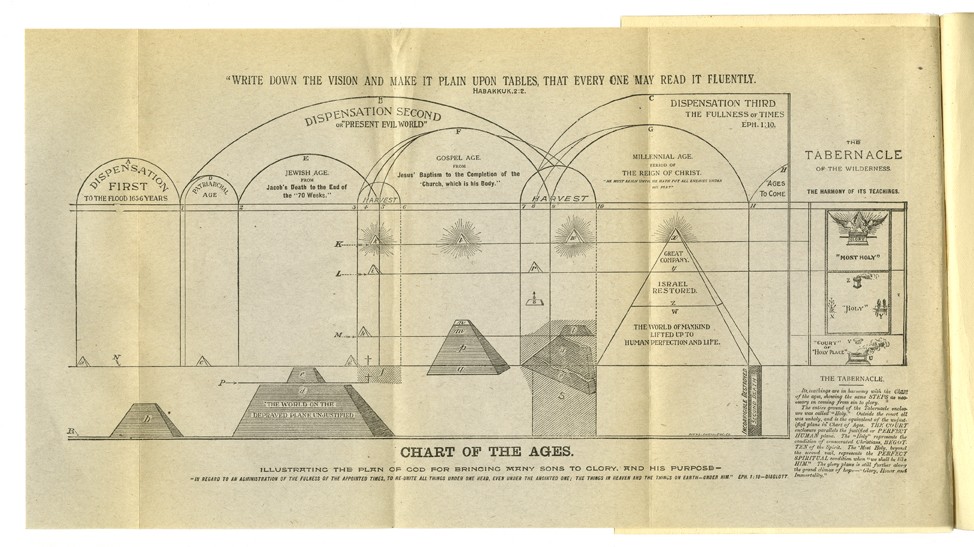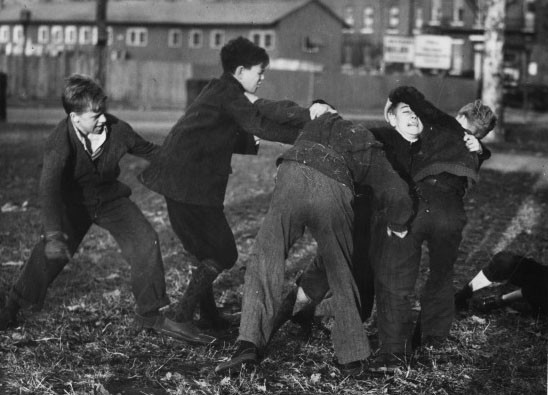HSP test Historic Look at the National Debt and Economic Recessions
Post on: 5 Апрель, 2015 No Comment

Historic Look at the National Debt and Economic Recessions
Historic Look at National Debt and Economic Recessions
To listen to the full NewsWorks Tonight show on WHYY, click here .
The most recent segment of Thats History with Chris Satullo and Jonathan Zimmerman on August 2 focused on the history of national debt. By looking at past economic panics and recessions throughout the 19th and 20th centuries, we can better understand the economy today. The discussion started with a look at Alexander Hamilton and Thomas Jeffersons debate over the federal assumption of state debts, and then turned to the 1837 flour riots in Philadelphia, the tremendous debt caused by the Civil War, violet strikes during the Great Depression, the sale of Liberty Loans during WWI, and ended with a talk about President Ronald Regans tax policies. At the end of the conversation, Zimmerman addressed the absence of violent protest today and the ways in which all Americans have created the national debt.
The Historical Society of Pennsylvania holds numerous resources and materials on the history of national government debt and economic recessions.
The correspondence and personal papers of Philadelphia financier Jay Cooke provide a unique view into the political and financial workings of the mid-19 th -century United States. Throughout the Civil War, Cooke led bond sales (ad pictured right, loan subscription pictured below left) which raised as much as a billion dollars for Union war efforts. His Philadelphia banking house managed the purchasing and selling of land and bonds to build railroads across the eastern seaboard and into the West. Ultimately, however, Cookes speculation on the Northern Pacific railroad contributed to the panic of 1873, which plunged the country into a deep recession. To read a full article about Jay Cooke which appeared in the May 2011 issues of Pennsylvania Legacies. click here. To learn more about the Jay Cooke papers at HSP, click here .
Hired by Cooke to promote his bond sales, Samuel Wilkeson wrote a book in 1865 titled How Our National Debt May Be a National Blessing: The Debt is Public Wealth, Political Union, Protection of Industry, Secure Basis for National Currency, the Orphans and Widows Savings Fund (pictured right). The book, published by Cooke in Philadelphia, explains the power of a permanent national debt and why it is best to maintain these debts.

Published in Philadelphia in 1872, journalist, politician, and industrial promoter Duff Green hoped to resolve the nations financial problems with his book, How to Pay Off the National Debt, Regulate the Value of Money, and Maintain the Stability in the Values of Property and Labor (pictured at right). In the preface, his son, Ben E. Green declared that money is to industry as blood is to the human system, and there is not money enough in circulation to give a healthy beat to the industrial pulse. Green addressed the book to the House of Representatives and Senate and charged them with the task of regulating the value of money, rather than the banks.
In World War I, the United States government issued Liberty Loans, government bonds meant to capitalize on patriotism during war time. The loans enabled the government to finance various aspects of the war by borrowing money on interest from the American people. Everyone from Wall Street bankers to the Boy Scouts was asked to volunteer to sell the bonds, as famous celebrities and artists were recruited to promote them. Local groups formed under the War Loan Organization which oversaw the sales and publicity of Liberty Loans. Organized in 1917, the South Philadelphia Womens Liberty Loan Committee (HSP collection 217 ) targeted specific groups within the community for loan subscriptions. The Womens Committee shared its headquarters with the Mens Committee at 329 South Broad Street (pictured above). The Historical Society of Pennsylvania war poster collection (V95 ) holds over 500 original WWI and WWI posters, including a number of Liberty Loan posters. Some who purchased Liberty Loans proudly displayed stickers, like the one pictured at right, in their windows. Despite these efforts, the bonds enjoyed little success.
The May 2011 issue of HSPs history magazine Pennsylvania Legacies focused on financial panics and economic recessions of the past. While the Great Depression of the 1930s may be familiar to many Americans, it certainly was not our nations first. The panics of 1819, 1837, 1857, 1873, and 1893 challenged many Americans in similar economic and financial ways as today. To read this issue of Pennsylvania Legacies. click here (access to JSTOR is needed to read full articles).














